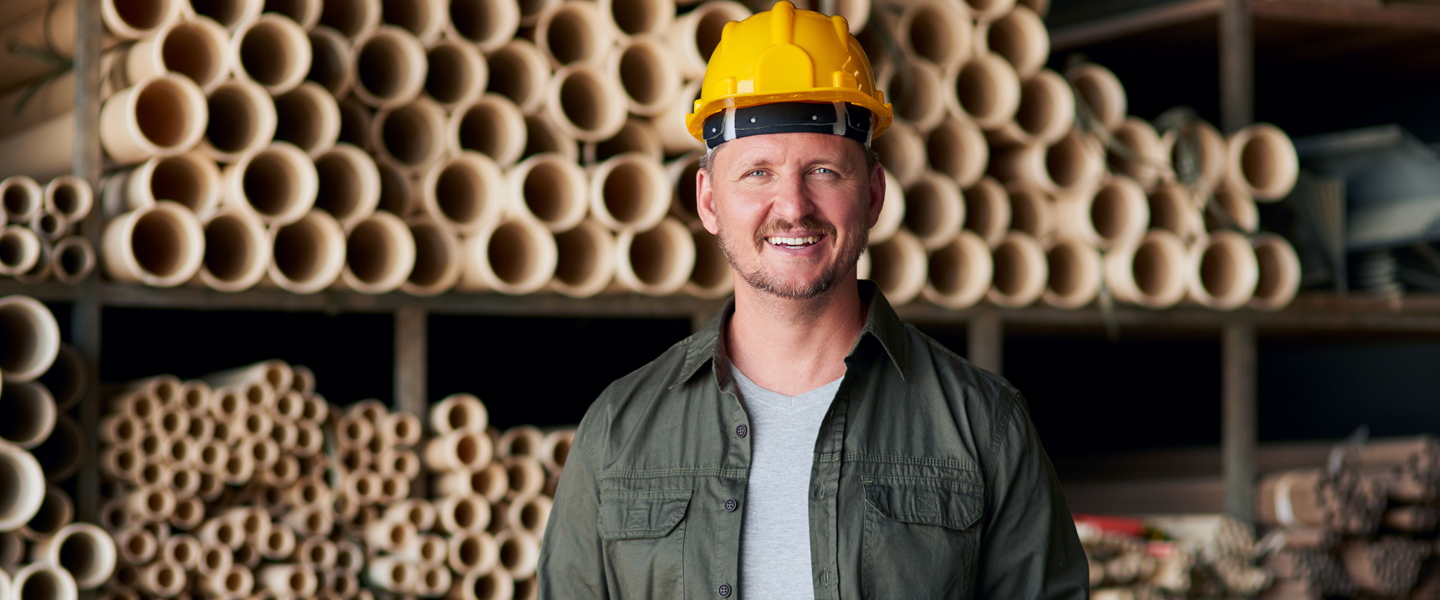
Rewards Marketplace
Earn. Indulge. Repeat.
Motivating your audience with amazing rewards doesn’t have to be complicated. From the hottest brands and luxury getaways to hard-to-get sports tickets and learning opportunities—whatever ignites their passion, find it in the Rewards Marketplace.
Reward stories are the most powerful stories.
Every metric tells a story.
75%
of employees feel inspired after receiving a travel or experience reward
62%
of employees feel inspired after receiving event tickets as a reward
99.9%
uptime
The Marketplaces

Merchandise Marketplace
Rewarding your team just got easier with a tailored, handpicked selection of top brands.

Experiences Marketplace
Give them the opportunity to make unforgettable memories where they live and where they travel around the world.

Mastery Marketplace
Help your employees, sales teams, partners, and customers pick up new skills and get excited about what they’re doing.
Our work speaks for itself
-

Learn. Earn. Win.
A client aimed to boost growth and sales by enhancing channel partner engagement through learning. They created a dynamic partner portal and companion app, motivating partners with award points. Discover how this strategy influenced partner behaviour and drove success in our case study.Learn More -

Increasing contractor loyalty for a plumbing manufacturer
A plumbing manufacturer sought data on customers specifying, paying for, and installing their products. By joining the Contractor Rewards program, they targeted general contractors and sub-contractors, earning preferred brand status and gathering valuable customer data. Discover how this strategy led to increased sales and customer loyalty in our case study.Learn More
Thought Leadership
Learn from the best. BIW thought leaders bring you a deeper look at the business of inspiration.
-

Article
Why learning is trending in the workplace
Employees want to learn, gaining the tools they need for their current job and future growth. The more opportunity they have to develop their skills, the more likely they are to feel they belong at their organization. BI WORLDWIDE’s New Rules of Engagement® Study found that 9 in 10 employees who state their job allows them to […]
-

Article
Inspire with our Experiences Marketplace
Why experiential rewards? The research behind it. Experiences are powerful motivators. Research repeatedly shows that experiential rewards inspire stronger engagement and lasting impact – for both the person earning the reward and everyone else who watches it happen. According to a study by Expedia and the Centre for Generational Kinetics, 74 percent of people prioritize experiences over products […]
-

Article
Hedonic vs Non-Hedonic Rewards
What kind of reward is most effective? Do certain rewards work harder and last longer than others? Can a reward motivate or inspire employees to become their very best? The answer is YES. A study by WorldatWork indicated retail gift cards continue to be a popular choice for organizations that use them as employee recognition awards, years […]